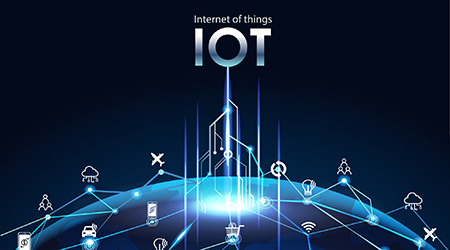A common misconception is that using smart devices or Internet of Things (IoT) technologies within a facility is enough to position that space as a smart building, according to an article from Building Operating Management on the FacilitiesNet website.
In reality, an intelligent building is a set of dynamically connected smart systems made interoperable through a platform that accumulates, shares, detects, analyzes, anticipates, and acts upon the collective smart building data.
IoT devices are intended to serve as components that can be linked together to form a truly intelligent building. When enabled to share specialized data through an open-source data platform, smart building systems become collectively intelligent and their effectiveness increases exponentially.
Both existing buildings and new construction can be made “intelligent” by following five key steps. And a building’s “intelligence” can be increased with each building system that is integrated, allowing for a continuous improvement strategy.

 How Efficiency Checklists Help Hospitals Save Energy, Water and Money
How Efficiency Checklists Help Hospitals Save Energy, Water and Money Designing with Heart: Seen Health Center Blends Cultural Warmth and Clinical Care
Designing with Heart: Seen Health Center Blends Cultural Warmth and Clinical Care Rutgers Health and University Hospital Breaks Ground on Campus Expansion
Rutgers Health and University Hospital Breaks Ground on Campus Expansion What to Consider When Modernizing Healthcare Facilities
What to Consider When Modernizing Healthcare Facilities Corewell Health Beaumont Troy Hospital to Build New Tower
Corewell Health Beaumont Troy Hospital to Build New Tower